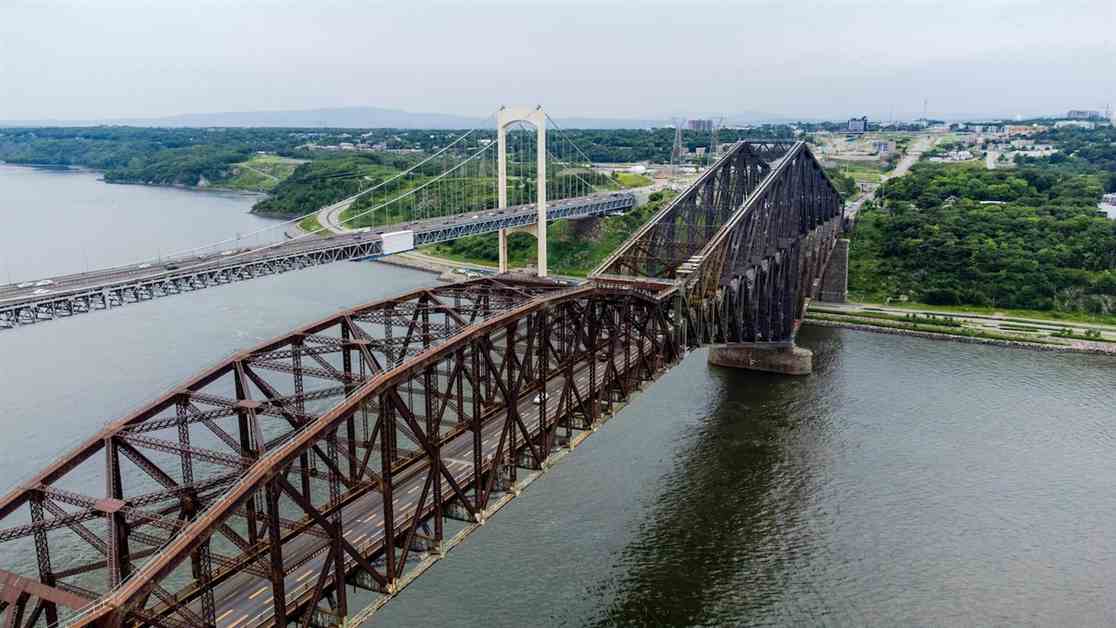CDPQ Infra, a subsidiary of the Caisse de dépôt et placement, has proposed the development of a third link reserved for public transportation rather than the construction of a new highway link in the Quebec metropolitan community. The company’s recommendation includes the construction of a 35 km tramway network, with a 28 km line initially planned for Quebec City in three distinct phases. Additionally, there are plans for a 7 km tramway line to connect Saint-Roch in Quebec City to Desjardins in Lévis, requiring the construction of an under-river tunnel dedicated to public transport.
The estimated cost of the project is $4 billion, contingent on the demographic growth of Lévis and the South Shore, as well as increased population density in the Desjardins area. The interrives link would only be developed in the third phase of the tramway network expansion, which is scheduled after 2035.
CDPQ Infra evaluated various factors in its assessment of an interrives highway link, including attractiveness, actual time savings, potential decongestion effects on existing bridges, and the remaining capacity of the highway networks. The company’s analysis did not validate the necessity of a third highway link, stating that it would not significantly improve mobility for the studied corridors.
During a press conference, the President and CEO of CDPQ Infra, Jean-Marc Arbaud, highlighted that the current constraints of the existing road networks in Quebec City and Lévis would limit the effectiveness of a new highway link. The company consulted 172 stakeholders over the past six months, with concerns raised about the economic impacts of reducing freight transport on the Pierre-Laporte Bridge, the only existing link for heavy vehicles.
The considerations related to economic security and freight transport are beyond the mandate of CDPQ Infra, but the company included them in its report for government review. The federal minister and Quebec City MP, Jean-Yves Duclos, suggested that the ban on trucks crossing the Quebec Bridge may be lifted following the federal government’s ownership of the structure. He proposed lowering the bridge deck during reconstruction to facilitate truck and SRB traffic between the two shores.
Minister Geneviève Guilbault of the Quebec Ministry of Transport and Sustainable Mobility criticized the lack of alternative routes for freight transport in Eastern Quebec, emphasizing the economic risks associated with the potential closure of the Pierre-Laporte Bridge. She warned that such a scenario would have severe consequences for the economies of Quebec City, Lévis, and Chaudière-Appalaches.




